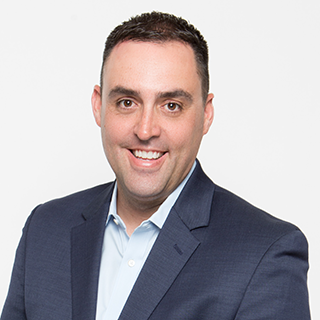
As a result of a shift in population dynamics, the United States’ healthcare delivery system — which was built on the idea of treating people with a single acute illness — is challenged with the task of not only treating an aging population, but a chronically ill aging population at that. Individuals with more than one chronic illness typically must see multiple specialists in various settings to receive care for each of their specific ailments. Individuals receiving care from multiple providers, taking multiple prescription drugs, and managing complicated care routines are especially vulnerable to failures within the healthcare system.
These failures may result in poorer health outcomes, decreased satisfaction in overall care, inappropriate use of the hospital, potentially fatal drug interactions, duplication of services, and increased risk for medical error.
The Affordable Care Act introduced a new approach to patient care. This added section established the Shared Savings Program, which encouraged physicians, hospitals, and others involved in patient care to create a new type of healthcare entity, an Accountable Care Organization (ACO).
What is an ACO?
Simply put, an ACO is a network of doctors and hospitals that shares both medical and financial responsibility of each patient in that particular ACO. The ultimate goal of an ACO is to coordinate care for the patient, as well as eliminate any unnecessary spending.
In our current health system, patients are typically responsible for coordinating their own medical care. For example, someone with heart disease may see a primary care provider, a cardiologist, and possibly even a heart surgeon. Providers, however, may not efficiently communicate with one another about their shared patient, which could result in repetitive tests or conflicting drug prescriptions. All of those in long-term care have seen how this approach is expensive and not great for patient outcomes. It also isn’t the way other industries operate.
Imagine your car won’t start. Now imagine that in order to fix it, you have to see a battery expert, a transmission specialist, a timing belt technician, and a piston professional. Each would only look at their particular part of the car rather than thinking of how all parts work together. This would not only be time-consuming, but it would be expensive. We’re lucky that this isn’t how cars are repaired; we can simply go to one auto garage where a crew works together to get you back on the road again.
Ideally, an ACO brings this type of coordination to a resident’s medical care. It means doctors, surgeons, imaging specialists, nursing homes and hospitals share information to figure out the best care plan for residents to be healthy again.
How are ACOs paid?
Medicare’s traditional payment system has a fee-for-service approach where providers and hospitals are generally paid for each test or procedure. This approach is not exactly cost efficient, however, because it tends to reward providers for doing more even when the services are not needed.
ACOs don’t do away with the fee-for-service payment system, but they do have incentives to be more efficient by offering bonuses to those providers who keep costs down. Everyone has certain quality measures they have to meet, which focus largely on prevention and management of chronic illnesses. In short, the goal has been that providers across the spectrum who keep their patients healthy and out of the hospital get paid more. This encourages providers to help people stay healthy — and out of the hospital, especially for preventable readmissions.
This approach benefits both providers and patients, but what’s in it for the ACOs? ACOs that cut costs and save Medicare money are entitled to keep a portion of these savings. If an ACO is unable to save money and/or meet the quality benchmarks, they may have to cover the costs used to improve care or pay a penalty.
Benefits of an ACO
ACOs intended goal is to promote preventative care and to keep patients out of the hospital. This encourages doctors and providers to actively collaborate and communicate more efficiently in order to cover patients throughout the continuum of care. The joint accountability providers have for patients results in better health outcomes, elimination of unnecessary tests and procedures, and lower expenses.
We know it’s been challenging for long-term care. But skilled nursing facility leaders know that understanding how ACOs work will be essential for the success of their organizations into the future. In the end, if an ACO functions the way it’s supposed to, all parties involved are able to benefit, including Medicare, providers, hospitals, and — most importantly — the patient.
Ben Forrest, Founder & CEO of Olio, a collaboration platform that digitally connects acute and post-acute providers to improve patient care.




